Mount Everest History: From Early Attempts to Modern Developments
Introduction: Why Everest’s History Matters
Mount Everest is more than just a mountain; it is a symbol of human ambition, determination, and the very limits of our capabilities. Often called the “Third Pole,” its history has captivated the world for over a century. It is a chronicle of courage and scientific advancement, but also of tragedy and controversy, mirroring our relationship with the planet’s most extreme environments.
The Mount Everest history is a compelling narrative that stretches from the first bold explorations in tweed jackets to today’s high-tech commercial expeditions. Every ascent, every new route, and every record adds another piece to its rich tapestry. This article illuminates the crucial milestones, forgotten heroes, and defining developments that have shaped the world’s highest peak into what it is today.
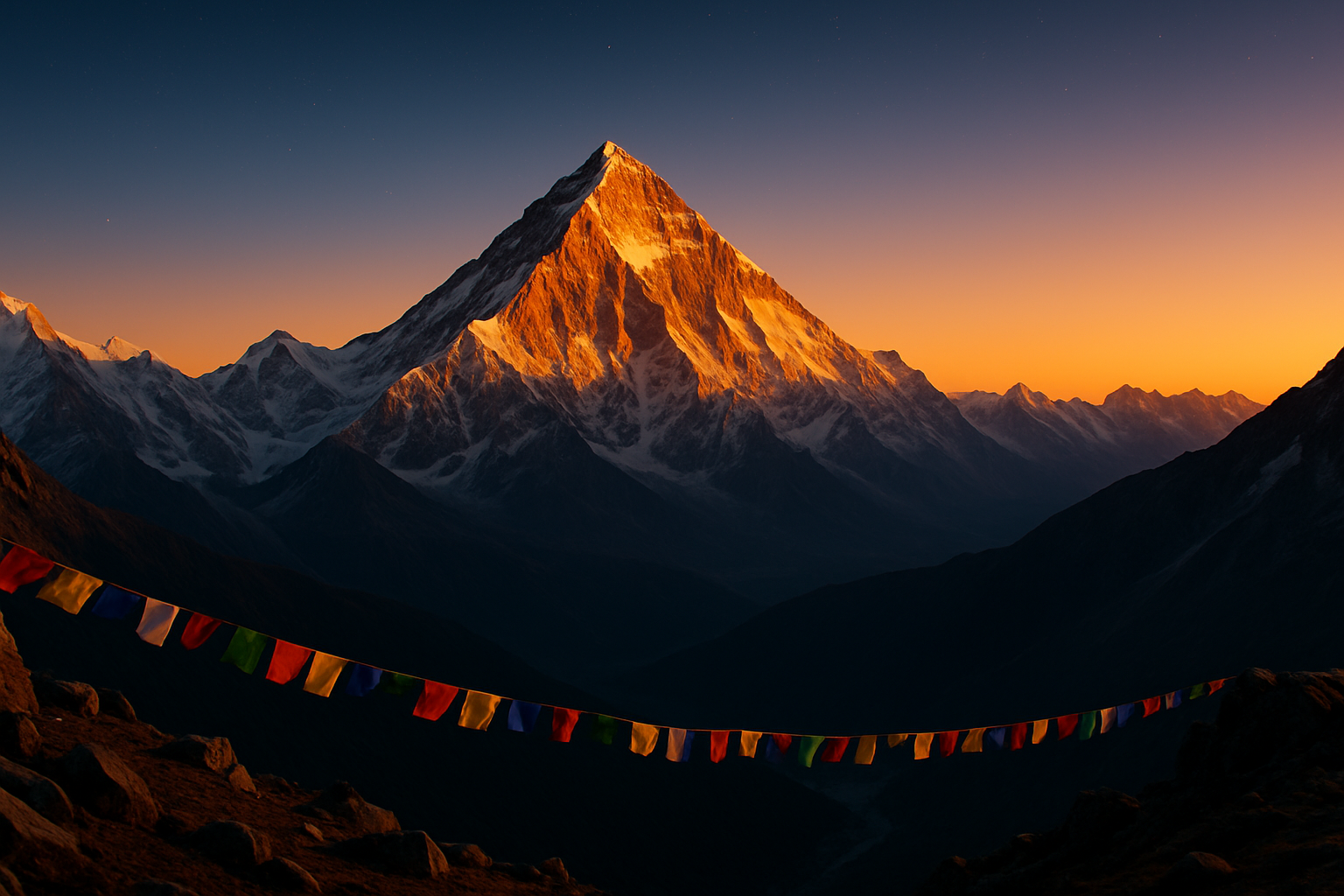
Early Exploration (1920s–1930s)
The early phase of Everest climbing history was defined by a pioneering spirit and inadequate equipment. British expeditions approached the mountain from the Tibetan north side, as Nepal was closed to foreigners. This era was a testing ground for strategy, endurance, and the limits of the human body in the “death zone.”
1921 Reconnaissance Expedition
The first official British expedition did not aim for the summit but for exploration. Led by Charles Howard-Bury, its goal was to find a viable route to the mountain. George Mallory, who would later become a legend, was part of this team and discovered the access via the North Col, paving the way for future attempts.
1922: First Summit Attempts & First Fatalities
Building on the findings of 1921, the next British expedition launched the first serious summit attempts. For the first time, bottled oxygen was used—a controversial aid at the time. The team reached a record altitude of over 8,300 meters, but the expedition ended in tragedy when an avalanche killed seven Sherpa porters, the first documented deaths on the mountain.
1924: The Mallory & Irvine Mystery
The 1924 expedition is shrouded in one of mountaineering’s greatest mysteries. George Mallory and Andrew Irvine made a final summit push and were last seen on June 8, high on the northeast ridge, before disappearing into the clouds. Whether they reached the summit before they died is a debate that has captivated the climbing world for decades. Mallory’s body was found in 1999, but their camera, which could provide the proof, remains missing.
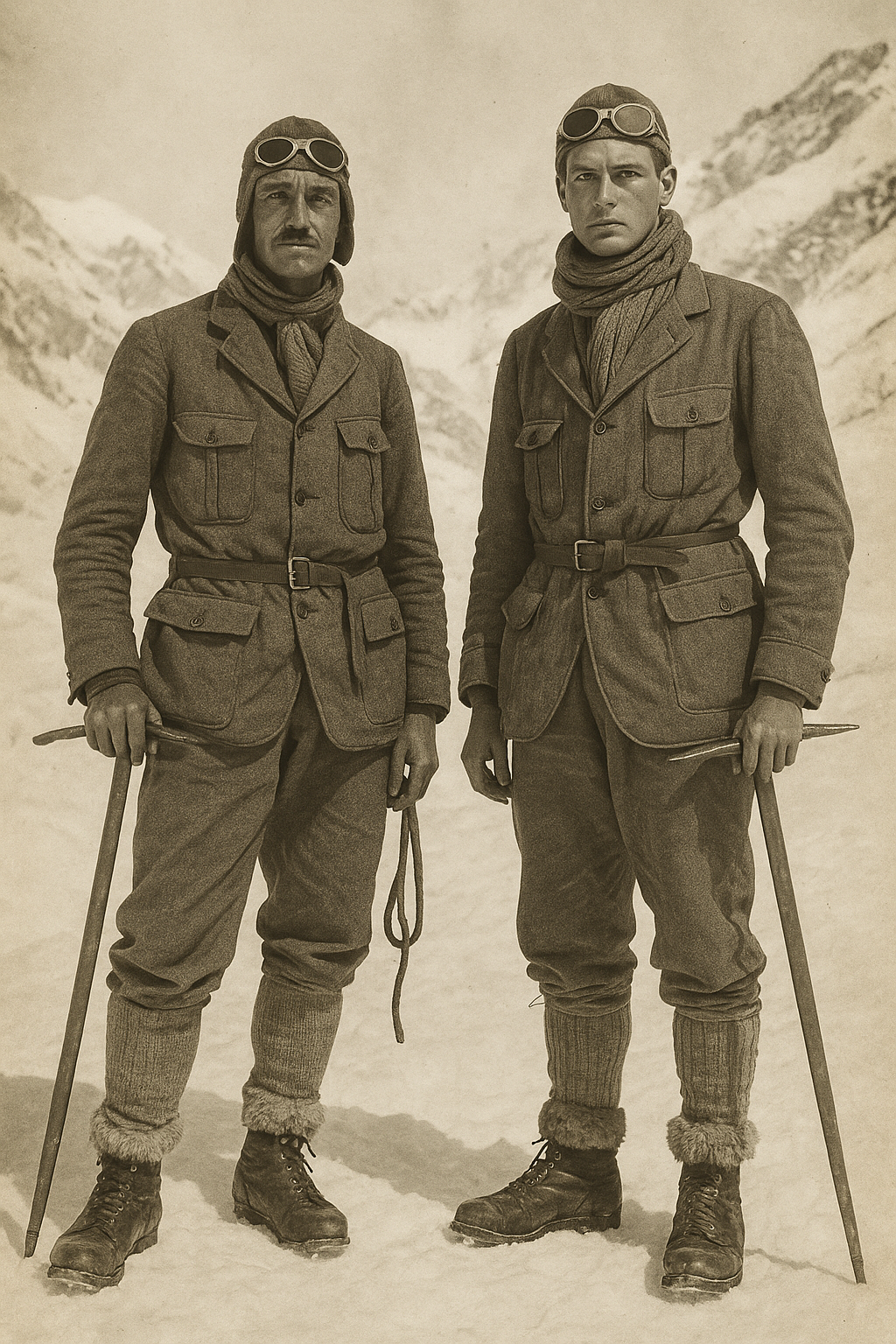
Maurice Wilson’s Eccentric 1934 Solo Attempt
One of the most bizarre tales is the Maurice Wilson 1934 story. The British eccentric planned to crash-land a plane on the mountain’s slopes and then walk to the summit. After his plane crashed in India, he traveled to Tibet in disguise and began his attempt with minimal equipment and no mountaineering experience. His body was found a year later below the North Col.
The First Ascent (1953)
After World War II, Nepal opened its borders, and the focus shifted to the southern route. Following several Swiss attempts, Great Britain organized a massive, military-style expedition in 1953 led by John Hunt. The objective was clear: the first ascent of the highest mountain on Earth.
Edmund Hillary & Tenzing Norgay: Reaching the Summit
On May 29, 1953, the seemingly impossible was achieved. New Zealander Edmund Hillary and Tenzing Norgay, a skilled Sherpa, became the first team to reach the summit. Their achievement was not only a triumph of human endurance but also the result of perfect planning, improved equipment, and the crucial role of the Sherpa climbers.
News of the successful ascent reached London just in time for the coronation of Queen Elizabeth II, becoming a global symbol of renewal and optimism in the post-war era. For Nepal and the entire Commonwealth, the first ascent of Mount Everest was a historic moment of immeasurable significance.
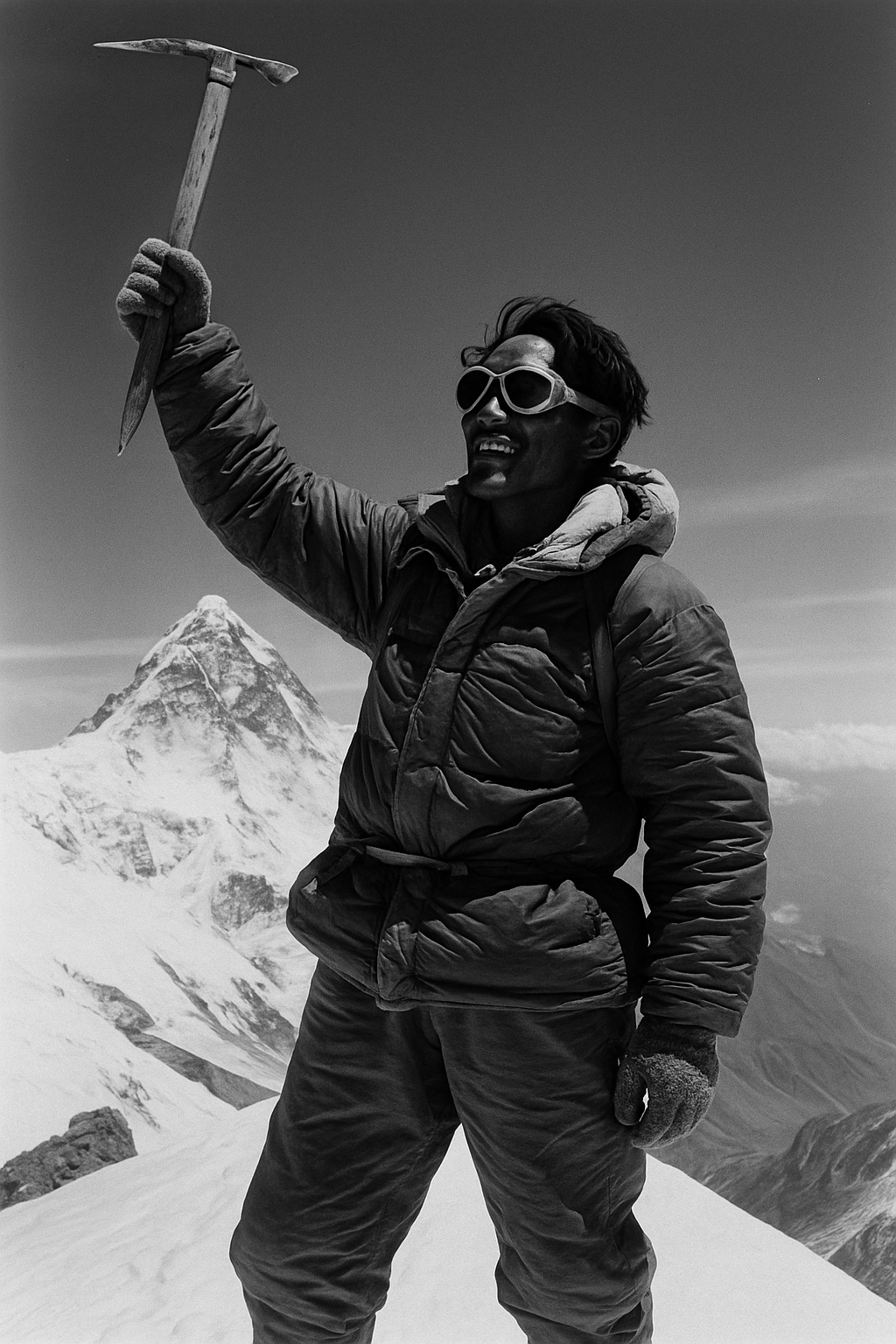
Milestones & “Firsts” (1960s–1980s)
After the first ascent, a new era began: the age of “firsts.” Nations, teams, and individuals vied to reach the summit in new and increasingly difficult ways. These decades redefined the limits of what was possible in high-altitude mountaineering.
- 1960 – First Ascent from Tibet: A Chinese team completed the North Ridge route, where the British had failed in the 1920s.
- 1963 – First American Ascent: Jim Whittaker reached the summit, while his teammates Tom Hornbein and Willi Unsoeld completed the audacious and extremely difficult West Ridge, one of alpinism’s greatest achievements.
- 1975 – First Woman on the Summit: Japan’s Junko Tabei made history as the first woman to climb Everest, inspiring female mountaineers worldwide.
- 1978 – First Ascent without Supplemental Oxygen: Reinhold Messner and Peter Habeler accomplished a feat that the medical community had deemed impossible. Their ascent revolutionized high-altitude climbing.
- 1980 – Messner’s Solo Ascent: Messner pushed the boundaries even further, climbing the mountain alone, without oxygen, and via a new route variant during the monsoon season—a performance unmatched in Reinhold Messner Everest history.
- 1980 – First Winter Ascent: A Polish team led by Andrzej Zawada proved that Everest could be conquered even in the brutal conditions of winter. This Everest winter ascent was a landmark achievement for Polish alpinism.
These pioneering efforts not only opened new routes to the summit but also shifted the mental and physical boundaries of what was considered achievable.
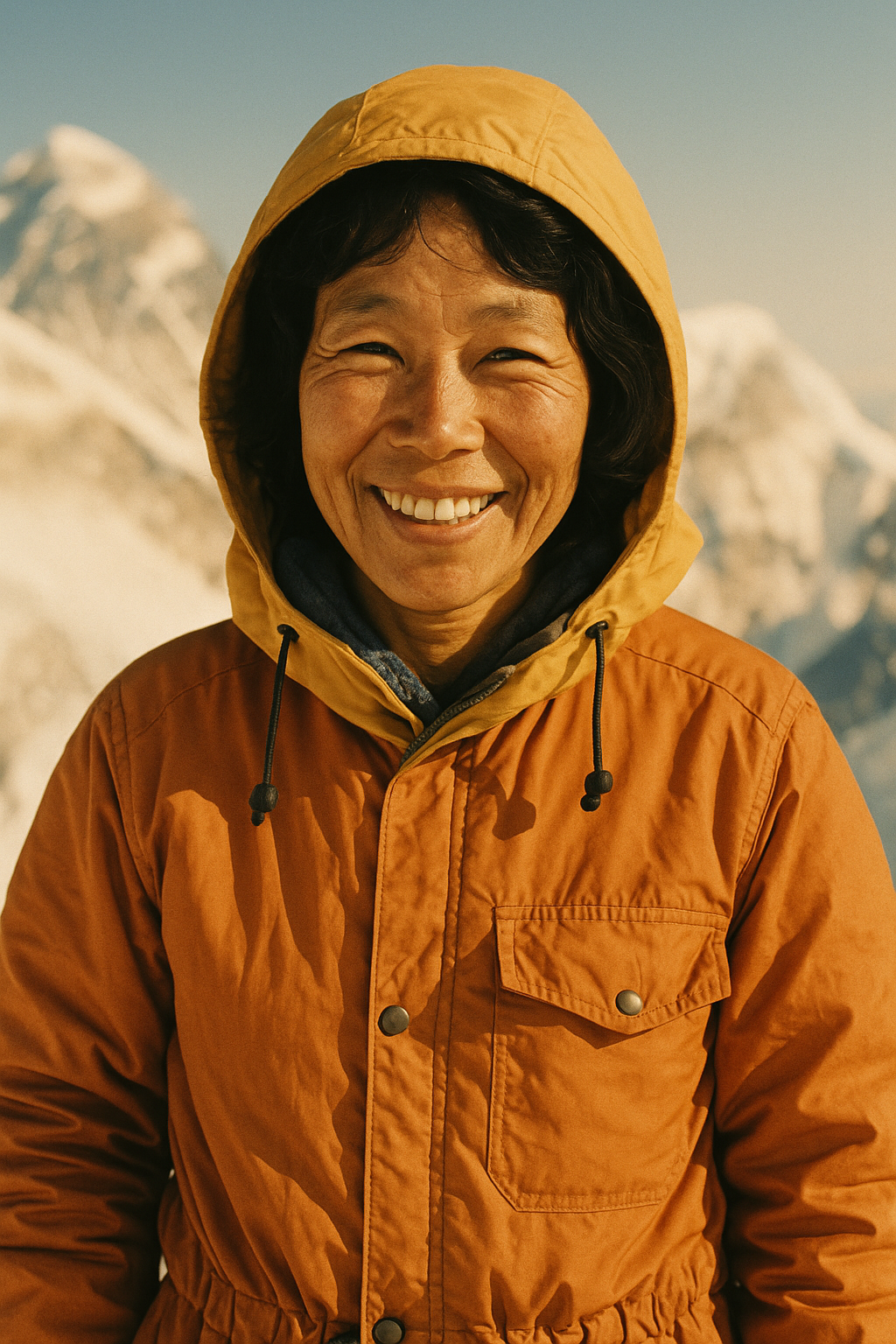
The Era of New Routes & Commercial Expeditions (1980s–2000s)
From the 1980s onward, elite alpinists sought the last great challenges on the mountain: its vast, unclimbed faces. Simultaneously, a development began that would change the face of Everest forever—the rise of commercial expeditions.
The Last Great Problems
Among the most remarkable achievements of this era is the Kangshung Face first ascent (1983). An American team climbed the massive and extremely avalanche-prone East Face, a route that has rarely been repeated since. The ascent of the Soviet West Ridge Direct (1982) by a powerful Soviet team also set new standards in expedition-style climbing.
The Rise of Commercial Guiding
In the 1990s, companies like Adventure Consultants and Mountain Madness made it possible for less experienced but wealthy clients to attempt the summit. This development democratized access to the mountain but also led to new problems, such as crowded routes and ethical debates about the responsibilities of guides.
The dangers of this new era were tragically highlighted in 1996. A sudden storm led to a disaster in which eight climbers died. The event, made world-famous by Jon Krakauer’s bestseller “Into Thin Air,” sparked an intense global discussion about the commercialization of Everest.
Modern Developments (2000s–Today)
The 21st century on Everest is characterized by records, extreme crowding, and growing scientific and environmental awareness. The mountain is more accessible than ever before, but also more vulnerable.
As climbing evolved from elite expeditions to a global sport, so did its culture. Modern climbers have created a rich tradition of funny route names and climbing humor that contrasts sharply with the formal naming conventions of early Himalayan peaks. Discover how route naming became an art form of absurdity.
Records and Crowds
The pursuit of records has reached new levels: youngest, oldest, fastest ascents, and the most summit successes. At the same time, the high number of climbers has led to dangerous “traffic jams” in the death zone, vividly captured by a viral photo from 2019. This overcrowding raises serious questions about safety and the ecological footprint on the mountain.
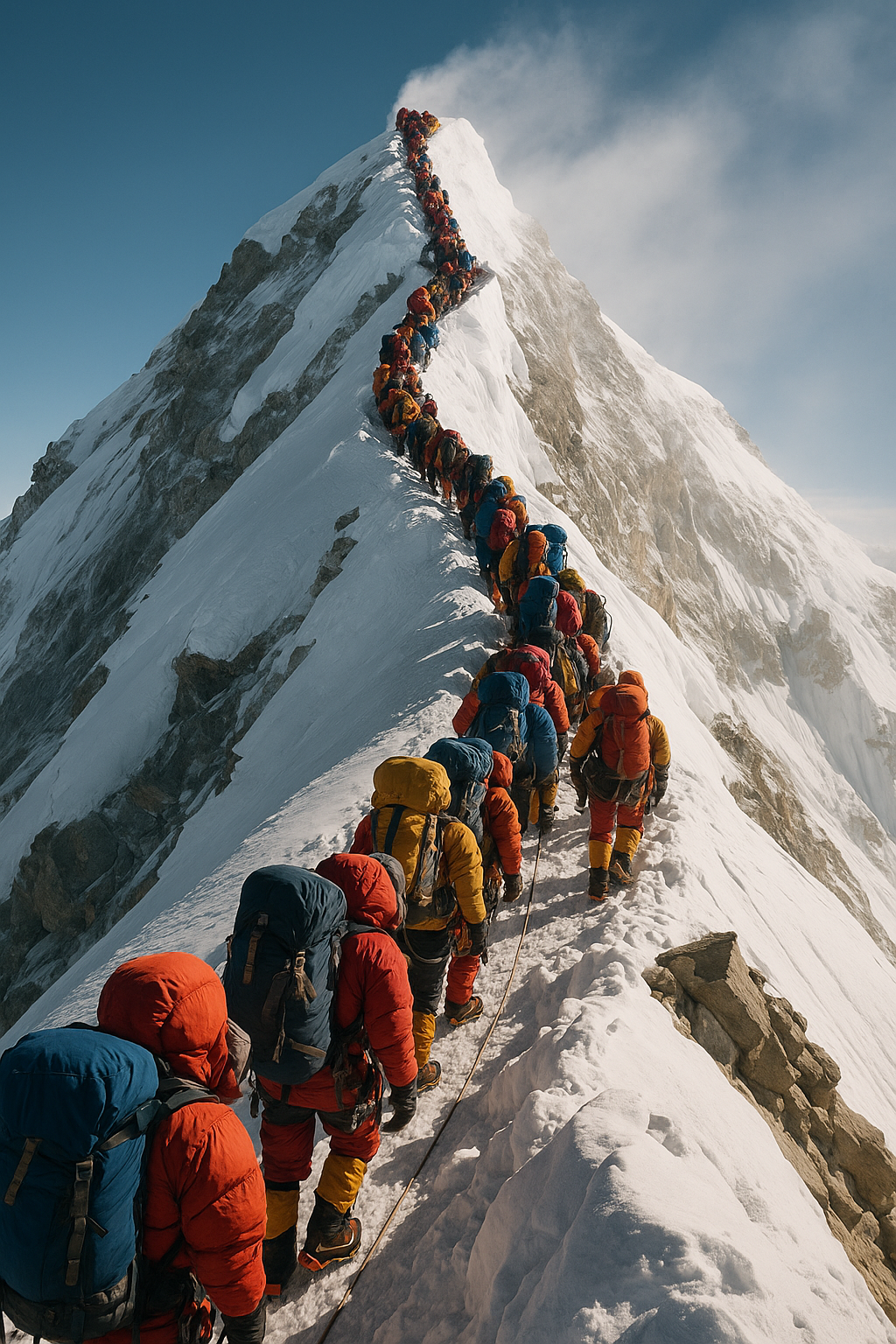
Science and Surveying
The mountain itself is a subject of constant change and research. The most recent Everest height 2020 measurement, a joint project by Nepal and China, established the official height at 8,848.86 meters (29,031.7 feet). This measurement accounts for both rock and snow height and is the most precise result to date.
Forgotten Figures & Obscure Ascents
The history of Everest is often reduced to a few famous names. But countless other climbers, especially Sherpas, have accomplished incredible feats. Their stories deserve to be told and shed new light on the rich culture of Himalayan mountaineering.
Maurice Wilson
The aforementioned eccentric whose self-belief far exceeded his mountaineering skills. A tragic but unforgettable footnote in Everest’s history.
Sherpa Pioneers (e.g., Ang Tharkay)
Men like Ang Tharkay, Pasang Dawa Lama, and Gaylay Sherpa were the backbone of the early expeditions. Their strength, knowledge, and loyalty were crucial for success, yet they long remained in the shadows of their Western partners.
Wanda Rutkiewicz
The Polish alpinist was the third woman on Everest in 1978 and the first European. She was one of the strongest female climbers of her time and a trailblazer for women in high-altitude mountaineering.
Babu Chiri Sherpa
A legend who summited Everest 10 times. He held the record for the fastest ascent and, in 1999, spent an incredible 21 hours on the summit without supplemental oxygen to raise awareness about environmental issues on the mountain.
Controversies & Mapping Errors
The history of Everest is also a story of debates, myths, and scientific corrections. From the competition for the true height to geological changes, the mountain continues to make headlines.
The “K2 Taller than Everest” Myth
In the 1980s, a satellite measurement caused a stir by suggesting that K2 might be taller than Everest. The K2 taller than Everest myth was quickly debunked by more accurate measurements but shows how much the status of “the world’s highest” captures public imagination.
The Collapse of the Hillary Step
After the severe earthquake in Nepal in 2015, climbers confirmed the Hillary Step collapse. This famous, near-vertical rock face just before the summit was one of the last technical cruxes. Its collapse has changed the dynamics of the final ascent, perhaps making it technically easier but potentially more dangerous during traffic jams.
Disputes Over the Exact Height
The measurement of Everest has repeatedly been a subject of debate: the 1955 Indian measurement (8,848 m), the 1975 Chinese rock-height measurement (8,848.13 m), and the 1999 American GPS measurement (8,850 m). Only the joint Nepalese-Chinese survey of 2020 created an internationally accepted consensus.

Timeline Explorer (1921→Today)
Explore the complete history of Everest in our interactive timeline. Filter by decades, significant firsts, women on the mountain, or the development of new routes to dive deep into the details.
Key Takeaways
- The Mount Everest history is a dynamic story of exploration, athletic ambition, and technological evolution.
- From the mystery of Mallory and Irvine in 1924 to the first ascent by Hillary and Tenzing in 1953, the path to the summit was long and fraught with loss.
- Milestones like the first ascent without oxygen (Messner/Habeler, 1978) and by a woman (Tabei, 1975) redefined the limits of what was possible.
- The modern era is defined by commercialization, record-chasing, and the associated problems of overcrowding and environmental impact.
- The mountain’s history is constantly being rewritten through new discoveries, geological changes (Hillary Step), and scientific measurements (2020 height).
Frequently Asked Questions (FAQ)
Who first climbed Mount Everest?
Sir Edmund Hillary from New Zealand and Tenzing Norgay, a Sherpa from Nepal, were the first to officially reach the summit of Mount Everest on May 29, 1953, as part of a British expedition.
Did Mallory and Irvine reach the summit in 1924?
It remains one of mountaineering’s greatest mysteries. George Mallory and Andrew Irvine were last seen moving towards the summit in 1924, but disappeared. Mallory’s body was found in 1999, but their camera, which might hold the answer, has never been recovered. There is no conclusive evidence that they reached the top.
Who was the first woman to climb Mount Everest?
Junko Tabei from Japan became the first woman to summit Mount Everest on May 16, 1975. She climbed via the Southeast Ridge route, overcoming an avalanche that struck her camp during the expedition.
When was Everest’s height last measured?
The official height of Mount Everest was last measured and announced in December 2020. A joint project by Nepal and China established the new official elevation as 8,848.86 meters (29,031.7 feet) above sea level.
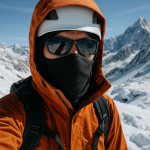
Daniel Whitaker is a mountain journalist and lifelong climber with over 15 years of experience in the European Alps and the Andes. Although he has not yet attempted Mount Everest, he has summited several 6,000-meter peaks in South America and multiple classic alpine routes in the Mont Blanc massif. Daniel specializes in writing about the culture, history, and psychology of mountaineering. His work combines first-hand mountaineering experience with extensive research on Himalayan expeditions, making him an engaging guide to Everest’s enduring myths, records, and inspirational quotes.
